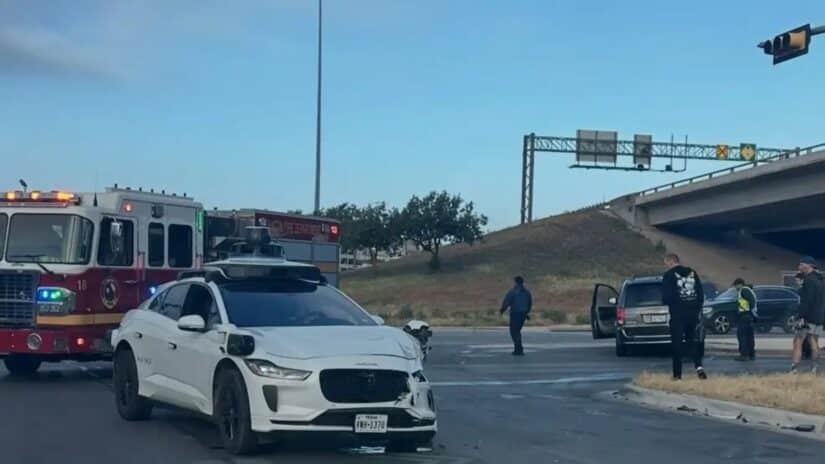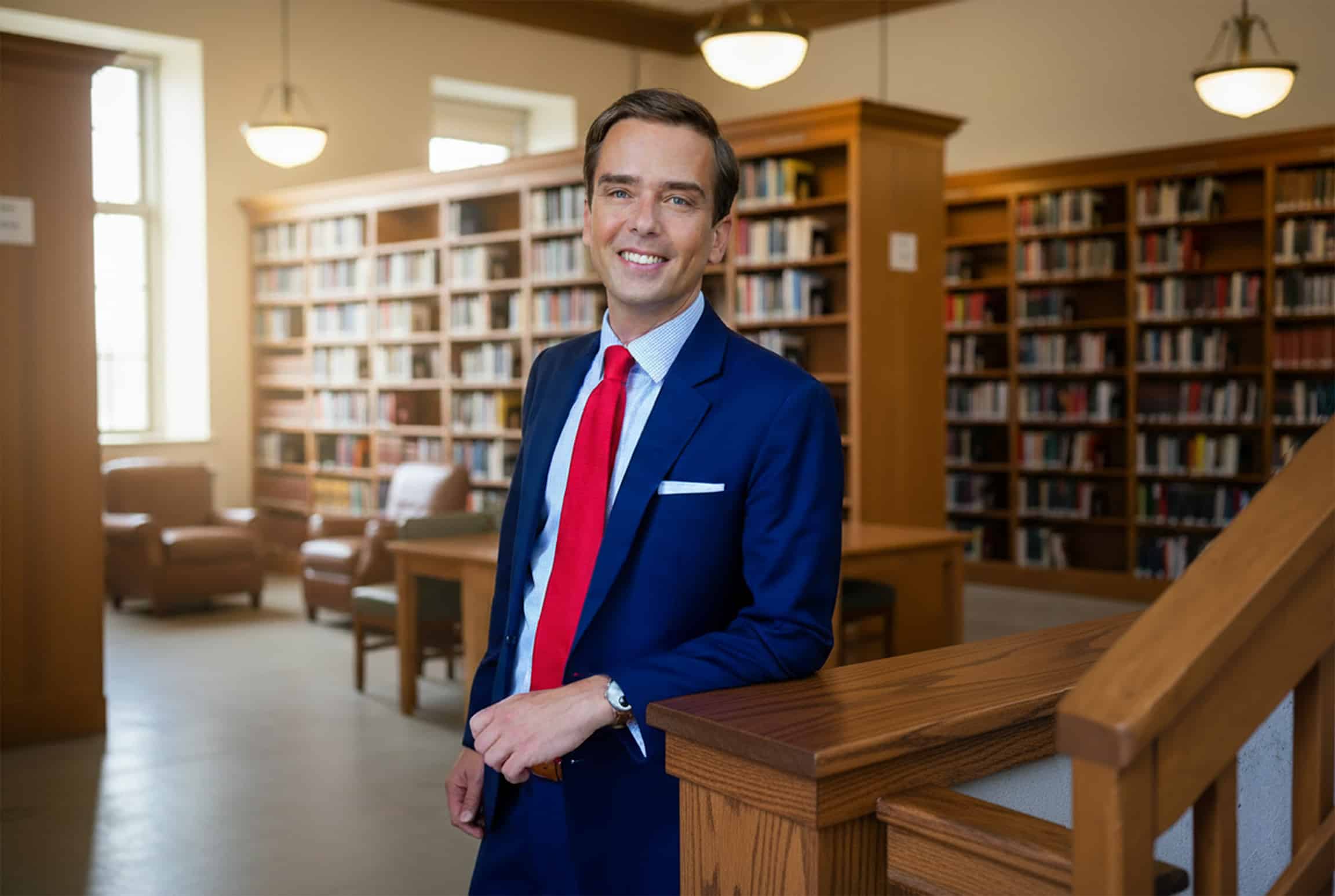
A Waymo vehicle was involved in a multi-vehicle crash in Central Austin, Texas, drawing attention from the Austin Police Department, Austin Police, and local residents. The crash occurred early Monday morning near Airport Blvd and Koenig Lane, a busy corridor frequently monitored by Texas DPS Troopers for speeding and red light violations. A car accident lawyer notes that cases involving self-driving or autonomous vehicles can be legally complex, often requiring detailed investigation into liability, driver error, and system malfunction. Officials confirmed that the incident happened around 8:34 a.m., when a southbound vehicle attempted to make a left turn onto Koenig Lane against a red light, colliding with an oncoming car and the Waymo vehicle. Thankfully, no fatal crash occurred, though one driver reported minor pain and was evaluated by Austin-Travis County EMS.
Austin Police Department Confirms the Crash
According to the Austin Police Department, officers from Central Austin were dispatched immediately to the 5700 block of Airport Blvd following reports of a multi-vehicle crash involving three cars. Responding Austin Police units arrived within minutes, securing the area and coordinating with Austin-Travis County EMS and Texas DPS Troopers.
Traffic camera footage reviewed by Austin Police Department investigators confirmed that the driver attempting the left turn ran a red light, triggering the collision report. The Waymo vehicle, which was under manual operation, entered the intersection on a green signal and was struck from the side.
Airbags deployed in all vehicles. Paramedics from Austin-Travis County EMS checked each occupant, and one individual was transported to Dell Seton Medical Center with minor, non-life-threatening injuries.
What Happened at the Intersection
Initial findings show the Waymo vehicle involved was operating under manual control, not its autonomous driving system. A trained human driver was behind the wheel, following standard procedure when automation is temporarily disabled.
Witnesses told CBS Austin that the crash unfolded quickly as the vehicle attempting the left turn ignored the traffic light sequence. The Austin Police later confirmed that the Waymo car had the right of way.
The intersection of Airport Blvd and Koenig Lane is a known problem area for multi-vehicle crashes, often involving red light infractions or drivers rushing through short yellow signals. The Austin Police Department’s Traffic Enforcement Division noted that the location has seen several collision reports in the past year.
Response from Waymo and Autonomous Vehicle Safety
In a statement to CBS Austin, Waymo confirmed that the car was being driven manually by one of its trained operators, known internally as safety moderators, and that no passengers or riders were inside. The company emphasized that its autonomous driving system was not engaged at the time of the collision.
Waymo said it is cooperating fully with the Austin Police Department and has submitted vehicle sensor and collision detection data from the car’s onboard systems. That includes high-resolution dashcam video and telemetry logs, which will be used to recreate the crash timeline.
The company also stated that this event will be logged in the AV incident tracker, a national database documenting autonomous vehicle incidents for safety review. The information will help refine collision detection and response algorithms in future updates.
Autonomous Vehicle Technology and Oversight
Autonomous vehicles like Waymo’s are designed to improve safety by reducing human error, which contributes to most roadway crashes. However, when operated in manual mode, they rely entirely on the driver’s judgment, just like any other car.
Waymo, along with other companies such as Zoox robotaxis and Volkswagen’s ADMT, continues to test self-driving technology in real-world conditions. Collectively, these companies have logged millions of driverless miles nationwide.
Experts say incidents like the Central Austin multi-vehicle crash highlight the importance of maintaining human oversight and reinforcing driver training for operators of self-driving fleets. Safety moderators must always be prepared to take over control in unpredictable urban environments like Airport Blvd, where dense traffic, cyclists, and pedestrians create constant variables.
Legal and Safety Implications
Under Texas law, even autonomous vehicles are subject to traffic regulations. When the autonomous driving system is disengaged, the human driver is held responsible for compliance with signals and the speed limit.
The Austin Police Department indicated that citations could be issued pending review of vehicles involved telemetry and eyewitness statements. A full collision report will determine whether negligence, distraction, or red light running caused the crash.
Traffic investigators also confirmed they would consult with Texas DPS Troopers for additional analysis of road design, signage, and signal timing at Koenig Lane.
Emergency Response and Coordination
The immediate and coordinated efforts of Austin Police, Austin-Travis County EMS, and the Texas DPS Troopers ensured that the situation was controlled quickly. Emergency responders blocked lanes on Airport Blvd while conducting cleanup and taking photographs for documentation.
One driver with minor pain was transported to Dell Seton Medical Center for further evaluation. Austin Police Department officers confirmed that no one sustained critical, life-threatening injuries, a fortunate outcome considering the impact involved three vehicles.
By 9:26 a.m., all lanes of Airport Blvd were reopened.
CBS Austin Coverage and Public Awareness
CBS Austin and other local outlets were on scene soon after the multi-vehicle crash, broadcasting live updates and speaking with eyewitnesses. Their FULL STORY highlighted how the incident reignited community discussion about autonomous vehicle safety and driver accountability.
As part of its public coverage, CBS Austin encouraged residents to Sign up for traffic alerts and emergency notifications to stay informed about accidents in Central Austin. Viewers were reminded that quick communication can help prevent secondary collisions when major roads like Airport Blvd are temporarily closed.
Broader Impact on Austin Traffic and Technology Policy
The Austin Police Department and Texas DPS Troopers have been monitoring an increase in multi-car crashes linked to red light violations and distracted driving. Officials noted that intersections such as Koenig Lane and West Parmer Lane remain among the most accident-prone areas in Central Austin.
This latest crash will likely feed into ongoing policy discussions around autonomous vehicles, ride-hailing service integration, and traffic enforcement strategy. City planners and safety analysts from the cardiovascular imaging center at Dell Seton Medical Center have even collaborated on research linking stress, distraction, and reaction time among urban drivers.
Austin’s Transportation Safety Committee plans to review data from the AV incident tracker and partner with agencies like Texas DPS Troopers to improve oversight of autonomous vehicle testing within city limits.
Public Education and Safety Campaigns
Organizations such as Health First, Salvation Army, and SNAP benefits outreach groups often hold community safety fairs in Central Austin. Recent events included discussions on tent encampments, Rainbow Fentanyl awareness, and traffic safety workshops for residents living near major corridors.
Attendees are encouraged to sign up for personalized timeline updates on traffic enforcement and to report red light violations or reckless driving via online portals.
While topics like government shutdown and cartel cocaine trafficking often dominate national news, local residents are more concerned about daily road hazards that impact their safety and livelihoods.
Waymo’s Safety Commitment and Review Process
In response to this multi-vehicle crash, Waymo initiated its internal review process, overseen by its Safety Review Committee. The company’s engineers are analyzing vehicle sensors, collision detection, and manual operation data to ensure that the system performed as expected.
If any irregularities are found, software patches will be applied across the fleet. The company emphasized that every autonomous vehicle in its testing network undergoes regular diagnostics, including collision report simulations and operator retraining.
The AV incident tracker will include this event to inform industry-wide updates. Waymo and its industry peers like Zoox robotaxis continue to advocate for transparency, encouraging the public to log in to official portals and read open safety summaries.
Lessons and the Road Ahead
While this Central Austin incident did not involve a fatal crash, it reinforces ongoing concerns about human behavior in mixed traffic environments where autonomous vehicles and human drivers share the road.
Law enforcement agencies such as the Austin Police Department, Austin Police, and Texas DPS Troopers remain focused on enforcing red light laws and improving public awareness. Officials encourage drivers to remain cautious, even when autonomous vehicles appear to operate flawlessly.
Public trust in automation will continue to evolve as technology improves and oversight expands. The crash on Airport Blvd near Koenig Lane now serves as another case study in balancing innovation and accountability.
About Ted Law
At Ted Law Firm, represents clients across Texas, Georgia, and the southeastern U.S. in serious injury and wrongful death cases. We proudly represent injury victims throughout Georgia, including Atlanta, Athens, Savannah, Columbus, Warner Robins, and Macon.The firm handles complex transportation accidents from autonomous vehicle collisions to traditional multi-car crashes with professionalism, dedication, and compassion.Contact us today for a free consultation
